Telling Canada’s Geomatics Stories with NRCan & CCMEO
Perhaps the most effective means for strengthening and empowering Canada’s geomatics sector is communicating our value and purpose to Canadians.
For the rest of 2017 and over the course of the next year, I will be writing about some really interesting and important Canadian geomatics stories. These articles will explore work that is being done by Natural Resources Canada (NRCan) and more specifically the Center for Mapping and Earth Observation (CCMEO).

Starting in October, GoGeomatics Canada will publish one or two articles on data, projects, people, issues and goals of the CCMEO each month. I feel really lucky to be able to narrate some fascinating stories about geomatics at NRCan and I will be exploring some topics near and dear to the hearts of many Canadian geospatial professionals.
When I was doing my GIS graduate diploma at The Centre of Geographic Sciences (COGS), it did not take long for me to realize much of the base data (raster and vector) we were using came from the federal government. As I pursued my geomatics career, this fact persisted. So much of the data and the tools we use as Canadian geospatial professionals come from the federal government.
As a GIS tech, there were times when it felt like I was on GeoGratis and GeoBase every day grabbing data for client projects. Using those platforms, most of my interactions with NRCan came in the form of acquiring data. But later in my career, I watched as groups like GeoConnections was formed to fund projects and innovations in our sector. I also watched investment in facilities like the Inuvik receiving station. Early on, I could see that the government was doing a lot more than just “data”, but I could never really grasp how much more there was to it. Now, with the help of the folks at the CCMEO, I’m going to try to address that.
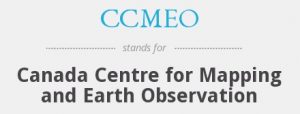
Through interviews and discussions, I will explore, what I hope you will agree, are some interesting Canadian geomatics subjects. If you have ideas about subjects you want me to explore in the future, let me know in the comments below.
When I started talking to NRCan, I started with what excited me and what I did not understand about what the CCMEO does.
Why does it do certain projects and not others? What does the CCMEO actually do on a daily basis? Who are the people that work there?
It was unsurprising to me that in a meeting or two with NRCan we were able to come up with at least 30 stories that would be interesting to tell. For now, we are going to try to explore around ten topics.
Proposed Article Topics:
- What is the purpose of the CCMEO?
- The future of Canada’s DEM.
- What are the “Top Ten” most popular data sets produced and managed by the federal government?
- Describe geomatics job opportunities at the CCMEO and across government.
- What is the Canadian Geomatics Accord?
- Explain the evolution of GeoBase and GeoGratis to Open Maps.
- What is the GEODE (data cube) project?
- How does CCMEO support other departments with geomatics?
- What are CCMEO emergency geomatics services and what do they do?
- What products does the CCMEO provide, other than data?
- What is GeoConnections today?
This effort to communicate the value and effort provided by the CCMEO on behalf of Canadians is important. The CCMEO sits at a nexus of people, data, technology, and standards that, at the very least, influences many aspects of geomatics in Canada. Any attempt to understand the Canadian geomatics sector requires an understanding of how the federal goverment is involved in the sector.
Over the next few months, I will be sitting down with specialists and scientists to discuss, not only the topics above, but more. I hope that you will follow along on this journey of discovery.
To set the table for the feast of Canadian geomatics stories I am starting at the top. I am sitting down with Prashant Shukle, Director General at the Canada Centre for Mapping and Earth Observation (CCMEO) at NRCan. I will be asking him what is the CCMEO and how does it serve Canada and Canadians? I hope you are hungry. We have a lot to get through over the coming months.
One final note. The CCMEO and NRCan are involved internationally, helping direct and manage global geospatial policy standards. To get a glimpse into one of the ways they do that have a look at this recent article by Steven Ramage a geospatial policy and strategy expert discussing a little bit of Canada’s involvement at the United Nations. Link here to Article.


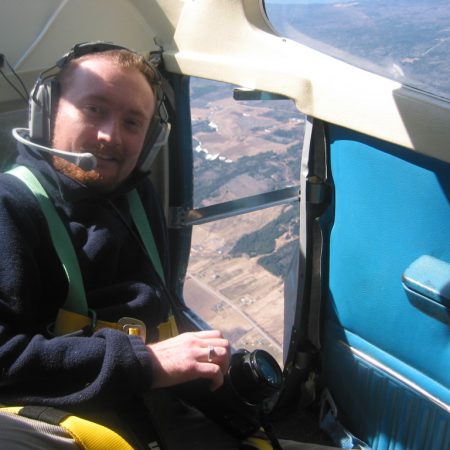
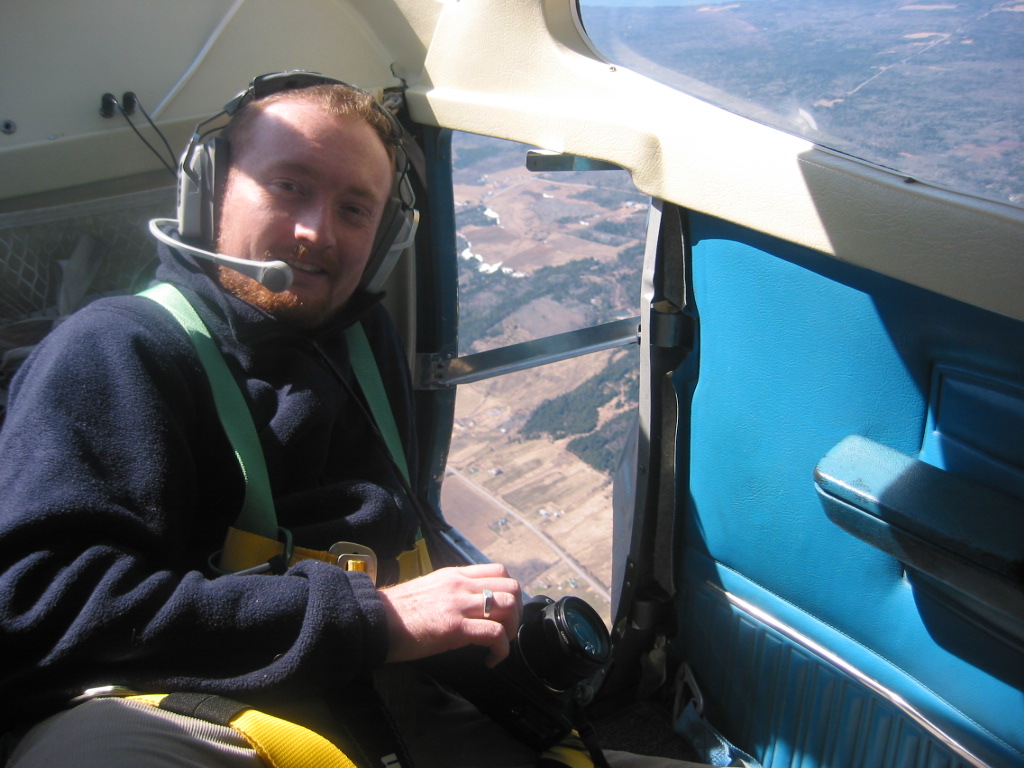
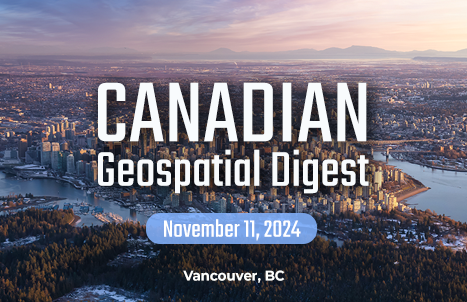
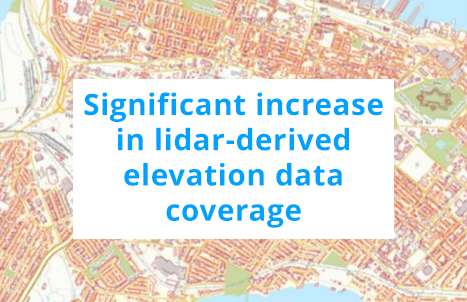

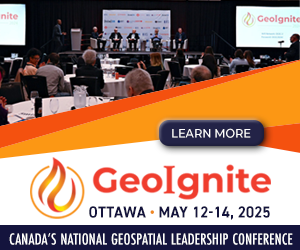
What a great idea for a series of articles. I’ve used GeoGratis for years but never really understood how it was all put together. Never heard of the CCMEO thing. I’m hooked now.